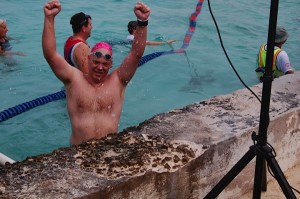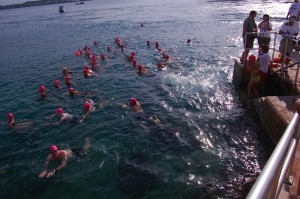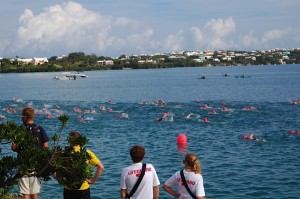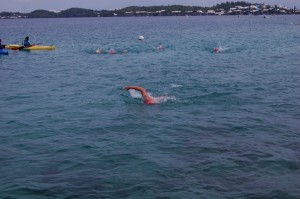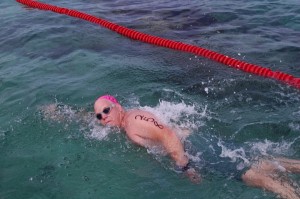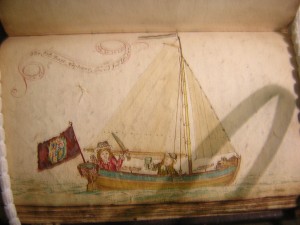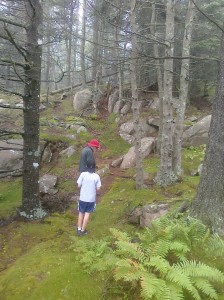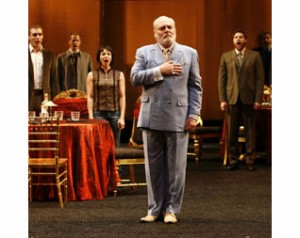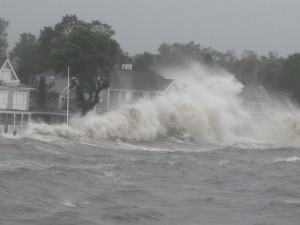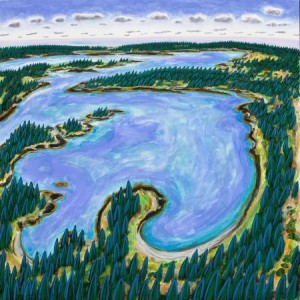 For my epsirit d’interstate after a great weekend at Final Frontiers, a conference on maritime environmental history at the Island Institute in Rockland, Maine, I was thinking about Michael Pearson’s challenge to the group to eschew terrestrial language and its metaphors. Not an easy thing to do, but —
For my epsirit d’interstate after a great weekend at Final Frontiers, a conference on maritime environmental history at the Island Institute in Rockland, Maine, I was thinking about Michael Pearson’s challenge to the group to eschew terrestrial language and its metaphors. Not an easy thing to do, but —
Current (formerly field): If we re-divide or re-describe ourselves through scholarly / intellectual currents, perhaps we’ll be able to avoid defensive postures and emphasize movement and connection between differences — or perhaps through differences. I want to write about the Gulf Stream as poetic and historical agent.
Water (formerly ground): Thinking not only about ground / land / earth as metaphors of solidity and stability, but also about the tenor-vehicle relationship itself as the “ground” of a working metaphor. What if metaphors float on water, rather than resting on ground? Nothing stays on the surface forever.
Flow (formerly progress): Rethinking movement as flows and circuits, rather than progress or retreat, might make some ideas about intellectual shifts richer. It is likely to make them more confusing, and less familiar. Both good things.
Ship (formerly state): We know ships are heterotopias and polyglot fantasies, but what would happen if we started thinking politics through ship-to-ship contacts, rather than the very different metaphorics of the state?
Seascape (formerly landscape): Is the “scape” still a problem?
Distortion (formerly clarity): As I’ve been thinking about for a while, a basic feature of aqueous environments, at least in visual terms, is distortion. But of course air bends light also, producing rainbows and pretty sunsets, and the earth flows, especially when heated. So perhaps distortion of various types is a baseline condition? Is “baseline” a terrestrial or aqueous metaphor? Water’s tri-dimensionality sometimes orients us on the buoyant top as well as irresistible bottom.
Horizon (formerly horizon): We spent some time thinking about oceanic horizons, sea-marks and landmarks, and elevation in places like Tenerife. Is horizon one of the metaphor-concepts that’s already present in both green and blue worlds? Not as a sight of struggle or transition, like beaches of coastlines (“line” is a problematic metaphor there), but as a merging of perspectives. Horizons of ocean, currents and horizons. Places from which new things are visible…
More thoughts to come, I hope.
